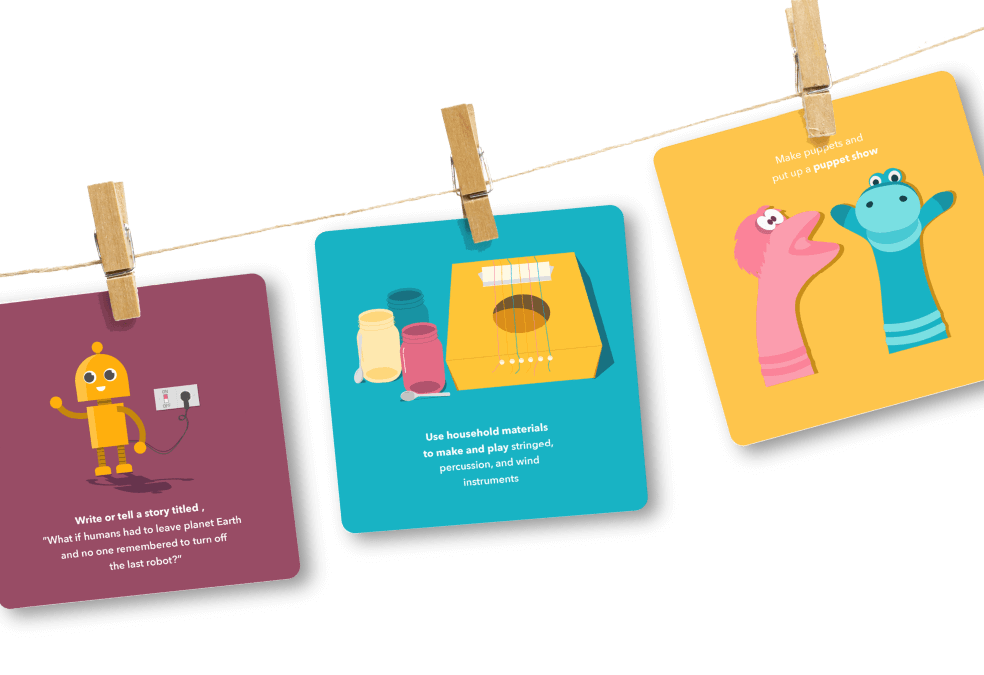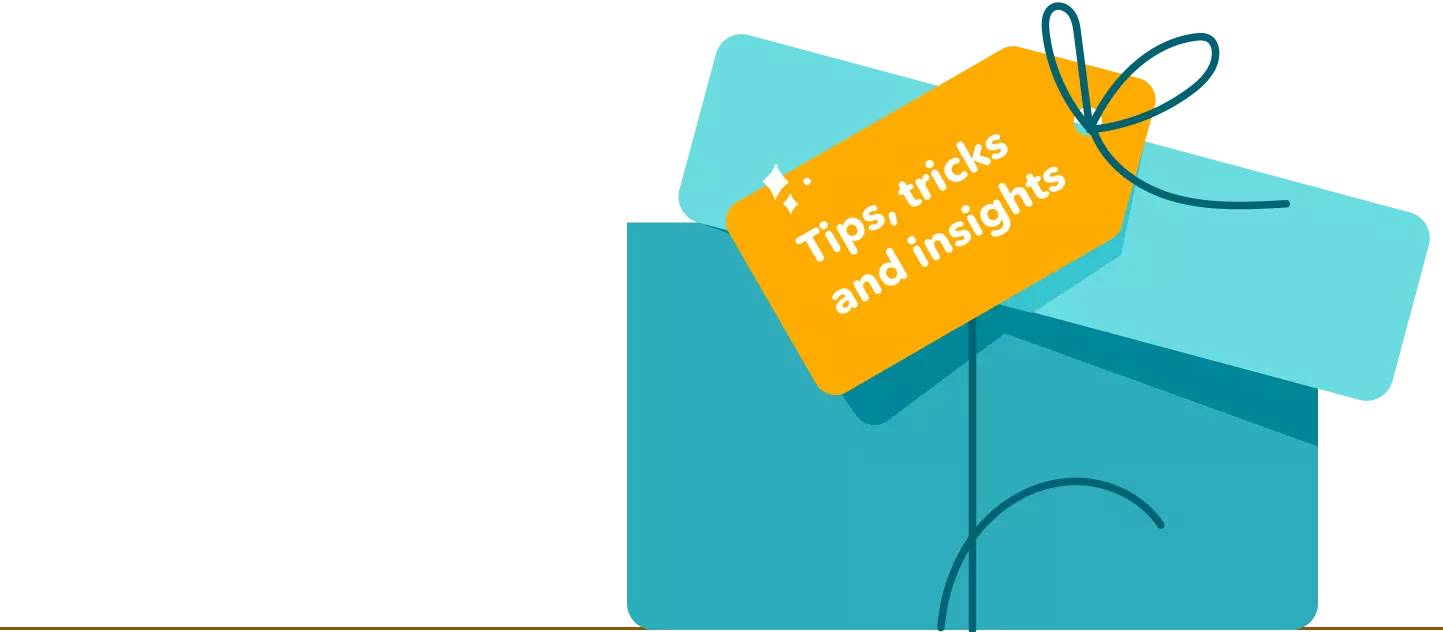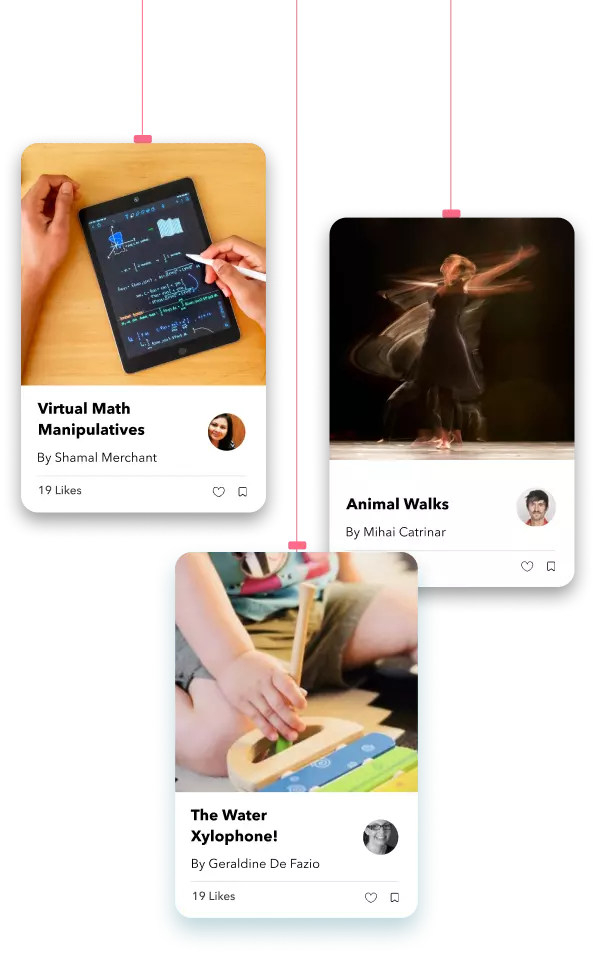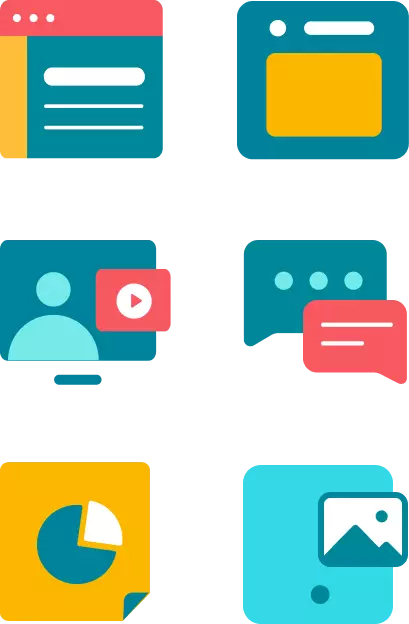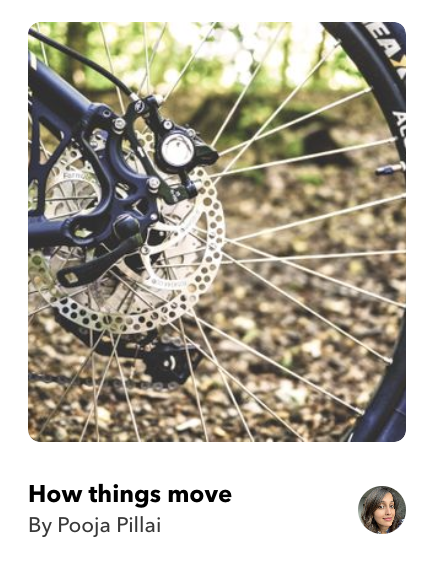Prescription to Play in the Early Years
“ Play is our opportunity to learn and discover.”
Passionately and playfully led by Lynn Cuccaro, the Prescription for Play session of Toddle’s The Inquiry Educator Summit (TIES) was full of wonder and loose parts. With Lynn as our guide, this session opened minds and hearts to the possibility of playful learning for learners of all ages.
“ The wider the range of possibilities we offer children, the more intense will be their motivations and the richer their experiences.”
– Loris Malaguzzi
Why Play?
The World Economic Forum is one of many global advocates for play. They know that the future of work depends on young people developing the necessary skills and mindsets, not just acquiring knowledge. As educators, we are aware of the tug-o-war between the old and the new, the traditional and the innovative. Sometimes this plays out as convincing parents of the pedagogy we believe in as best for learners and learning. With tools like the 22 Skills Outlook, we are equipped to advocate for why play is a vehicle for inquiry.
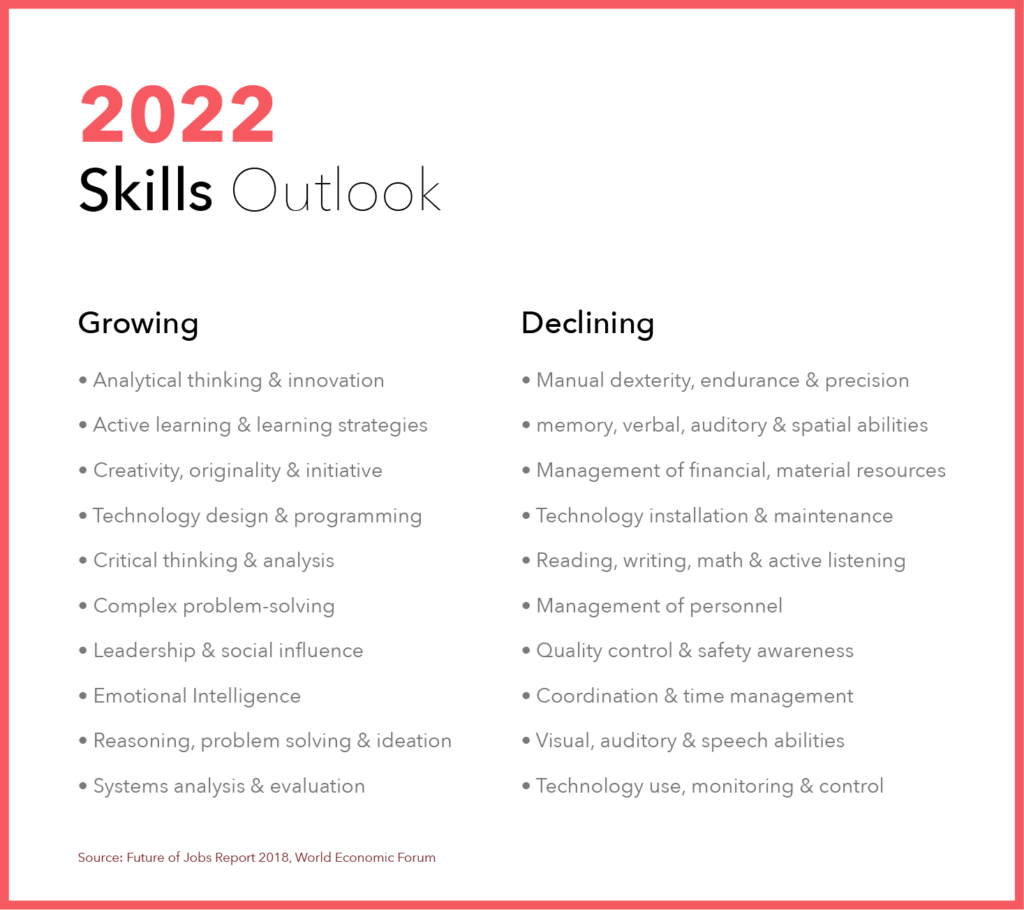
If these are the types of skills and dispositions the future workforce must
possess, what is it we can do to help foster this type of global citizen today?
The power of play
Embracing play in learning is not just an act of kindness in the classroom. The
UN Convention on the Rights of Children lists play as a right. This is backed by the American Academy of Pediatrics amongst other advocates. Grounded in research, Lynn explored the necessary conditions for play:
- Anticipation
- Surprise
- Pleasure
- Understanding
- Strength
- Poise
What do these elements mean to you? How do you draw on them in your classroom? From your own practice, what have you observed as the benefits of play?
Lynn advocated for the power of play for all. Although, we may see a bias toward this in the early years, examples of play in upper primary, high school and adult learning abound. From LEGO, to High Tech High to forest schools, many already adopt this stance of the power of play.
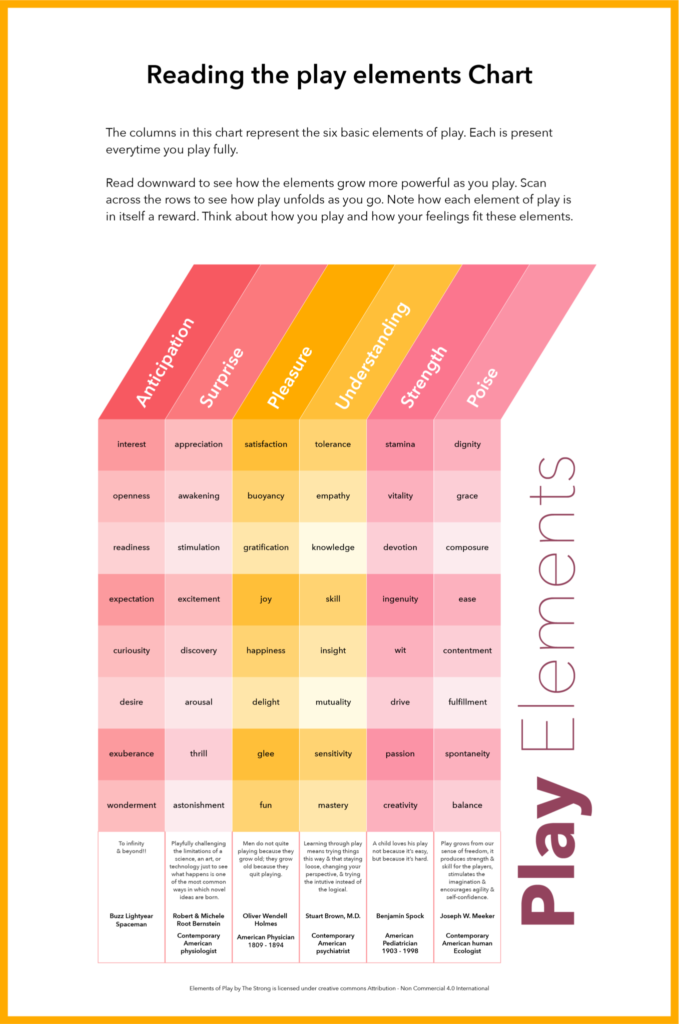
Loose Parts as a way of thinking
So what does play look like in practice? Do you imagine a room full of toys or an environment designed with loose parts?
Loose parts are captivating, open-ended and mobile for learners. They are physical invitations to unlock imagination and wonder. They are a way of,
Working Through the Tangles and Knots of Uncertainty
In other words, they are a way to make sense of the world around us and inquire deeply into our place in it. Loose parts come from nature and the human constructed world. Lynn shared some of her favourite classroom must-haves:
- Natural
- Wood
- Plastic
- Metal
- Ceramic/Glass
- Fabric/ Ribbon
- Packaging
Pause and reflect:
- How have you used loose parts?
- How can the exploration of materials be used as a tool for thinking?
- What if…learning spaces offered children multiple tools to inspire thinking and wonder?
Lynn explained that loose parts are not without their challenges. From safety considerations to who tidies up the materials, ever the advocate of the
empowered child, Lynn is aware of the role of the adult and child. The shared
responsibility when our image of the child comes with a spirit of personal
accountability for ourselves and others.
Provocations: Invitations to play
The ability to provoke wonder, choice and delight is an artistic expression of
being an educator. It is these provocations, crafted and seeded in the learning
environment that make clear that play has a fundamental purpose in a child’s
development. Without taking away the choice of the learner, the right type of
provocation invites a child to step into the problem and solve the puzzles of life. The inquiry that occurs through and follows playful provocations, demands an appreciation of the ‘so what’ and ‘now what’ of learning.
What does this type of playful learning look like and feel like in your classroom?
The Pedagogy of Play developed by Project Zero o!ers some thoughts. How might this inspire you to adapt and explore ways of provoking playful learning?
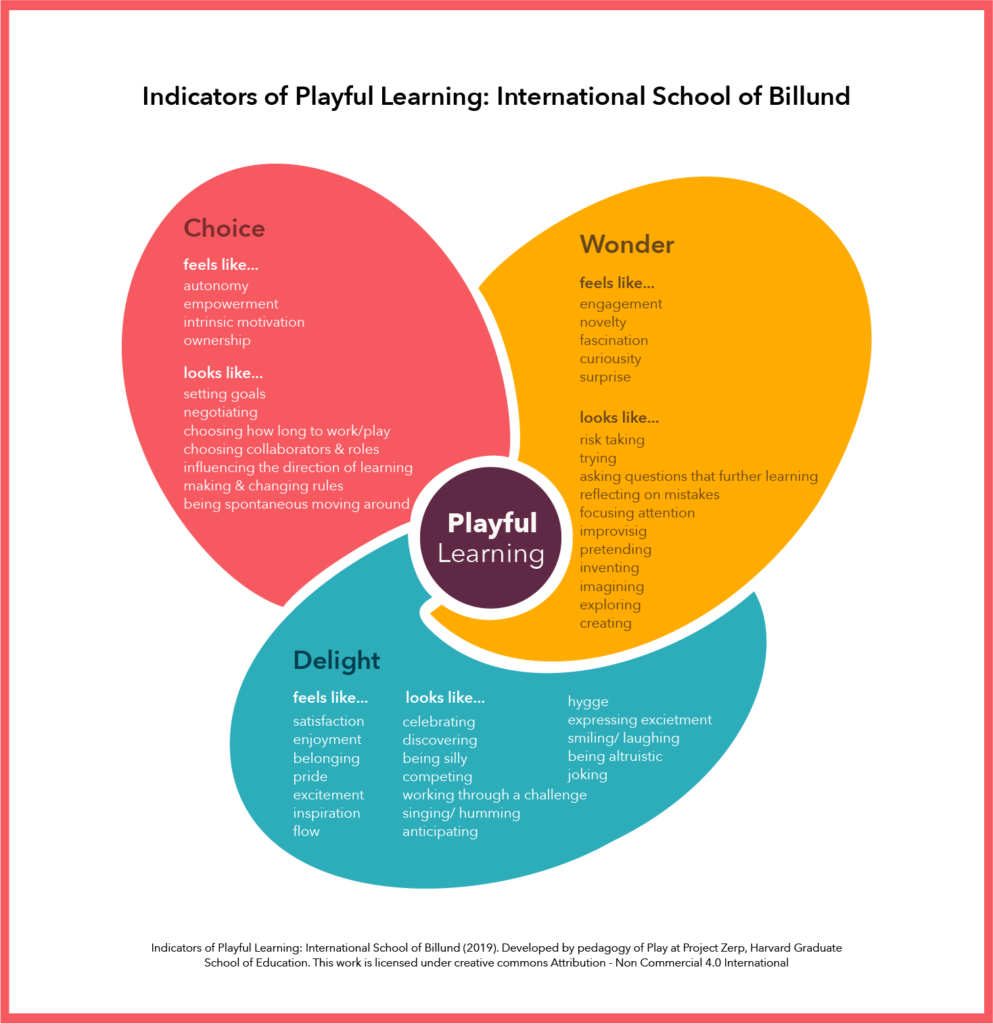
What if…
You may be reading this, thinking and feeling validated in your shared belief
about the power of play. So what do you do now? As a play advocate, how can
you amplify and celebrate play in your community?
The Toddle Community offers a place to share and discover possibilities. Get inspired and immerse in playful learning engagements by adapting open-ended experiences designed by experienced PYP educators.
Start small – think of how you can use LEGO to create a provocation, learn how to set up a basic digital landscape to inspire children’s imagination, and look at the materials you have at your disposal with a different lens. Give children the freedom of space and the gift of time to become scientists, to observe, to investigate, to create, to get messy, and to play!
You can explore entire units designed to inspire play in the early years! Explore Safaa’s magical unit on human interaction with the natural world to learn how to weave play in the DNA of a unit of inquiry. Browse Nord Anglia’s Unit on Play to discover how their young learners learn. Parita’s Unit on Materials integrates lots of simple loose parts, exciting materials, and basic provocations for authentic learning play opportunities of making, experimenting, and building.
You might be wondering about Lynn’s title, ‘Prescription for play’. As a call to
action, the American Academy of Pediatrics suggests that,
“pediatricians should write prescriptions for play before the age of
two…essentially every life skill can be built up with play, both at home and in
school. Few things beat the power of play.” Play project, 2018
Drawing back on Loris Malaguzzi’s words as we conclude,

